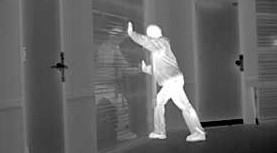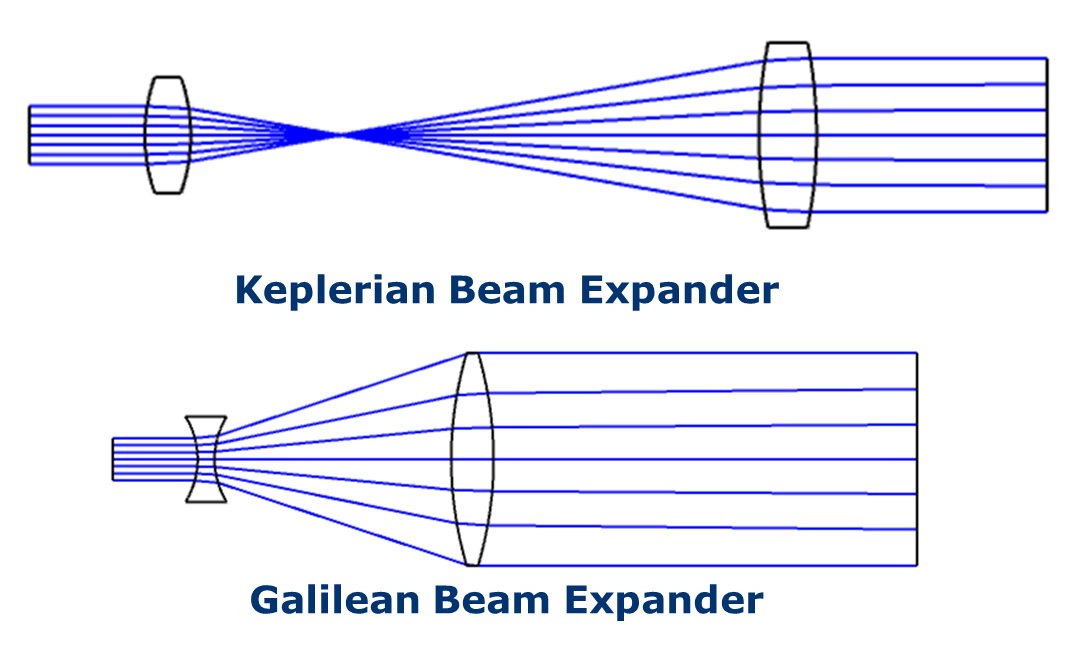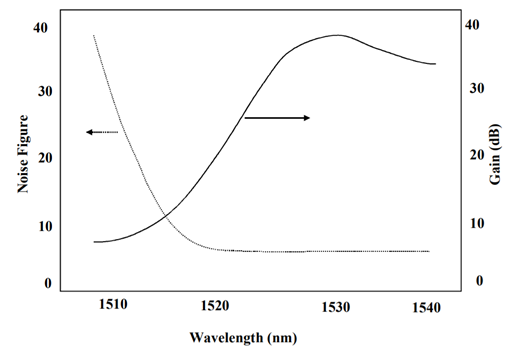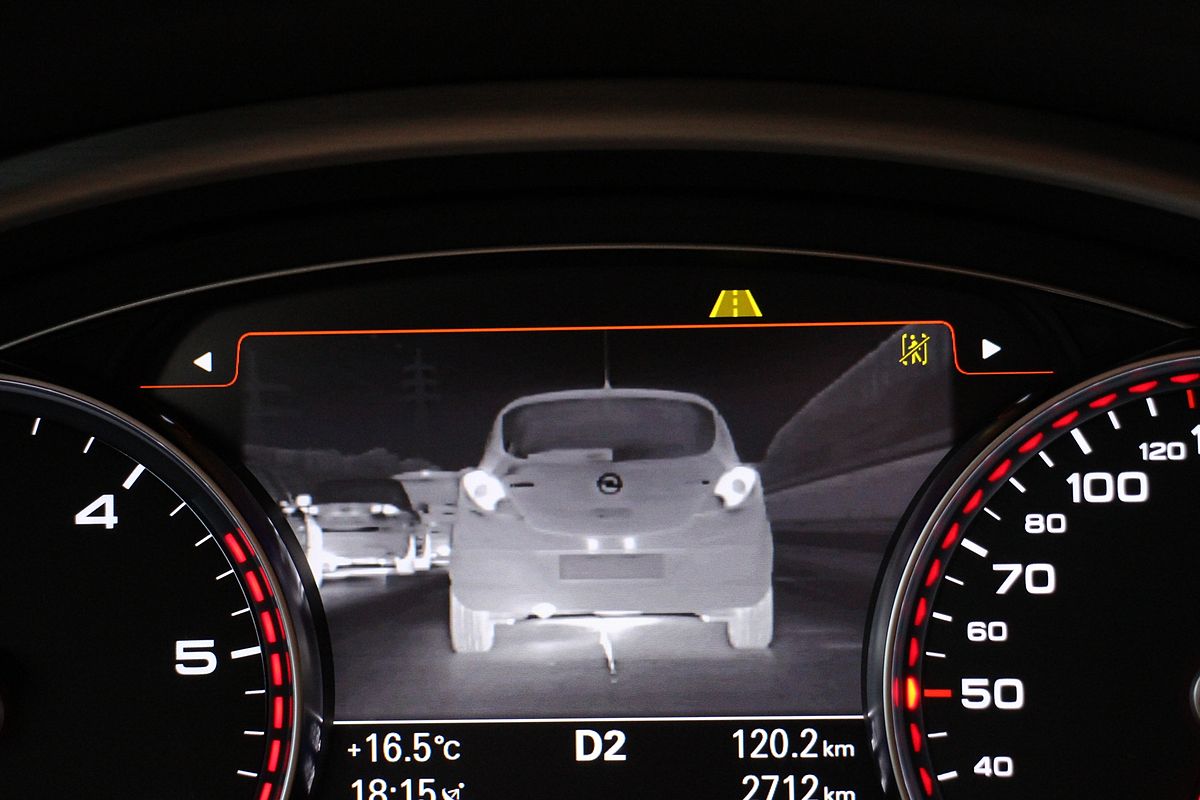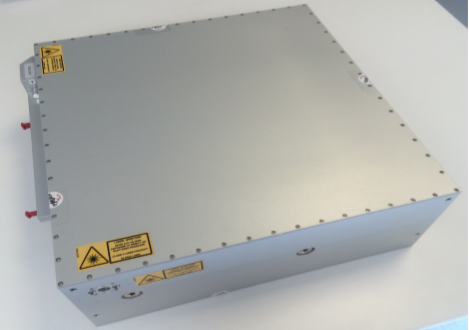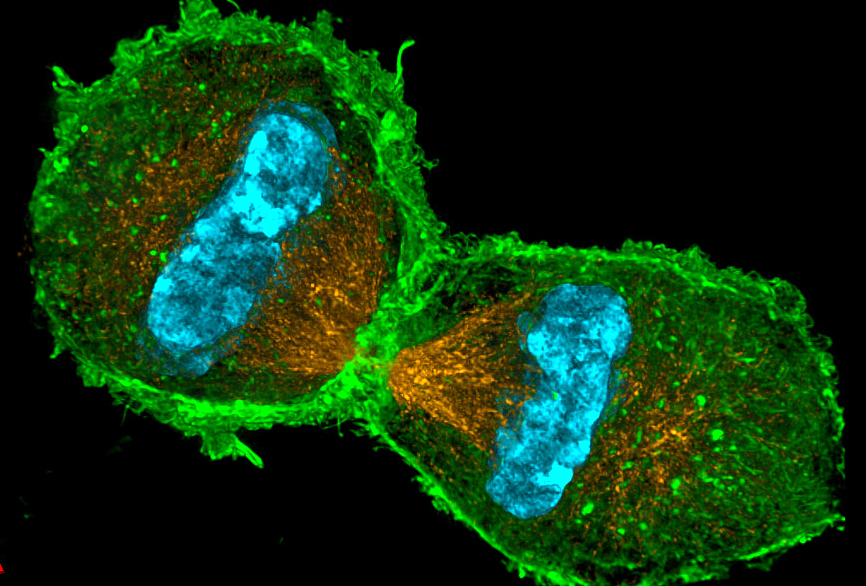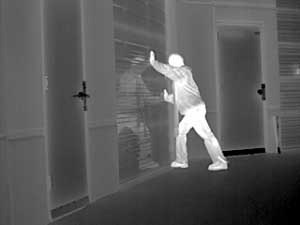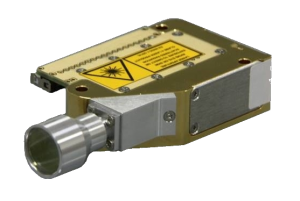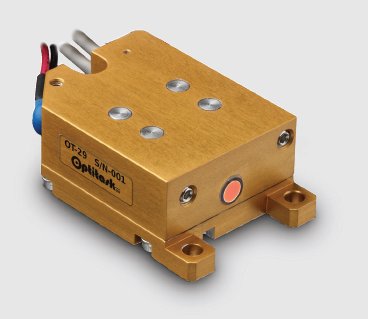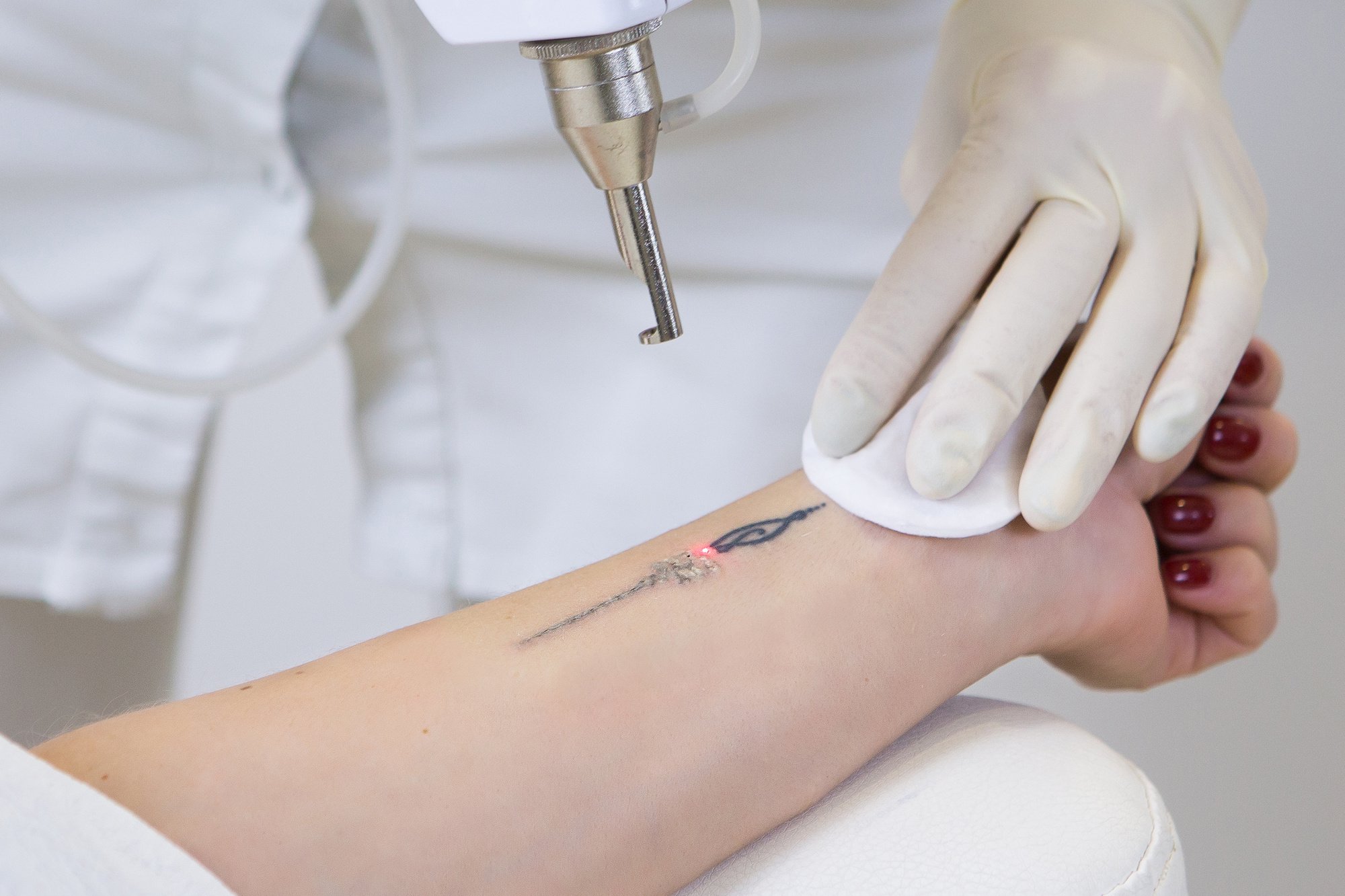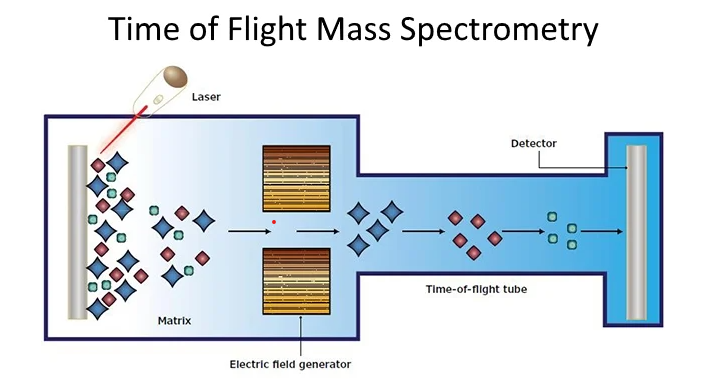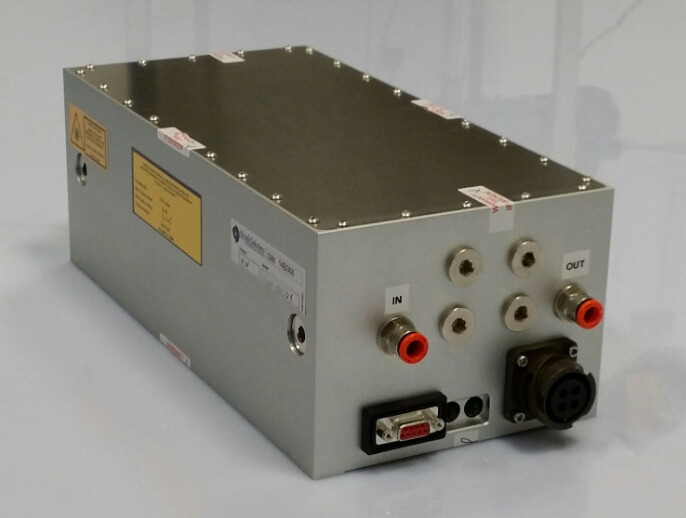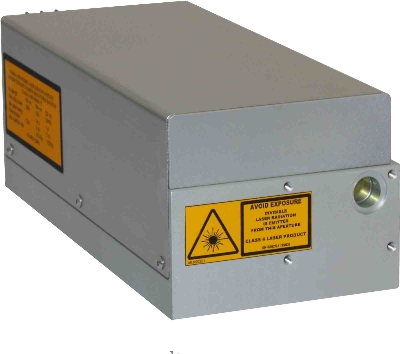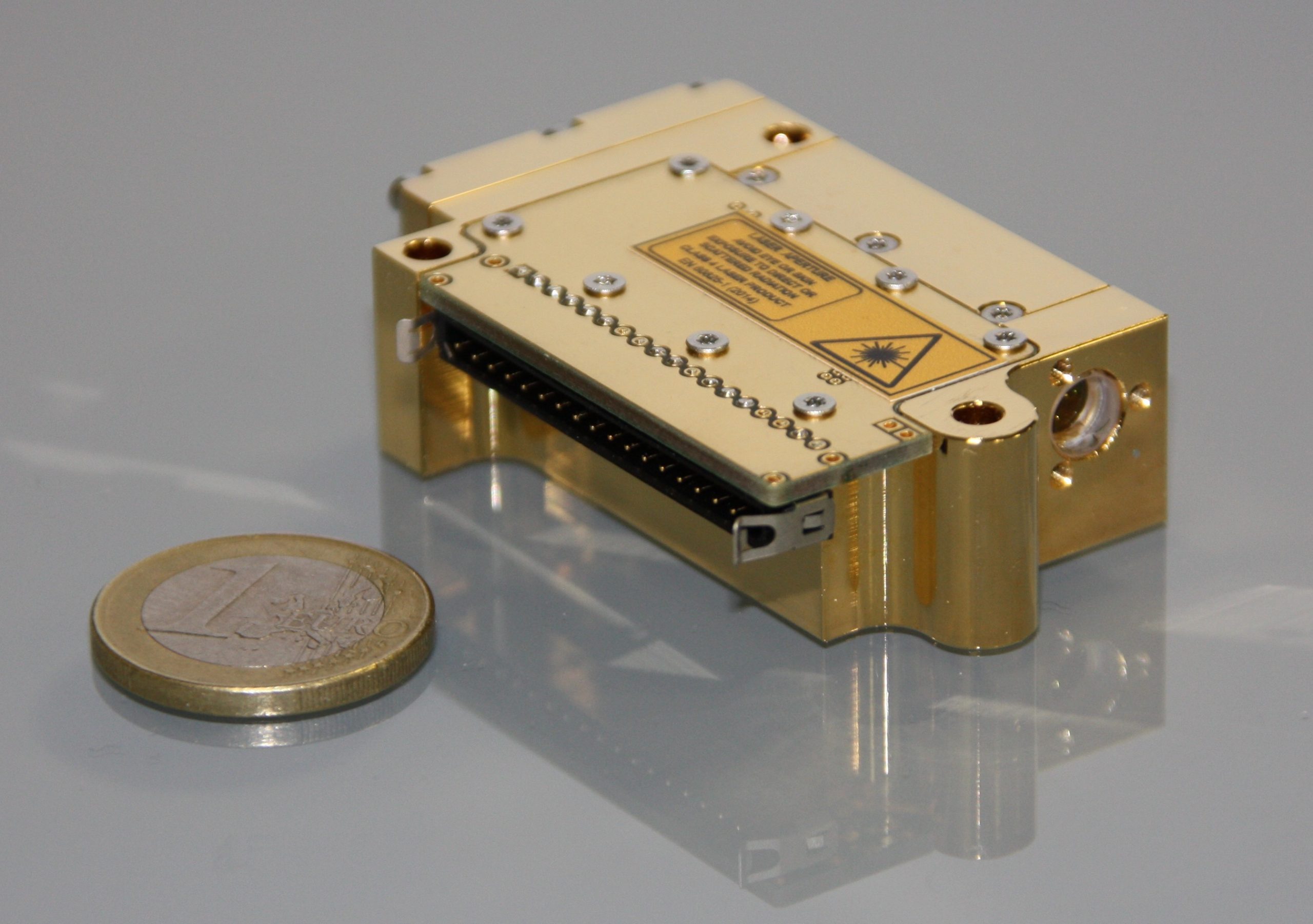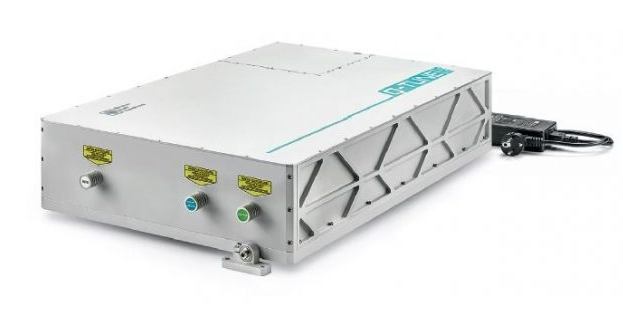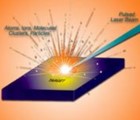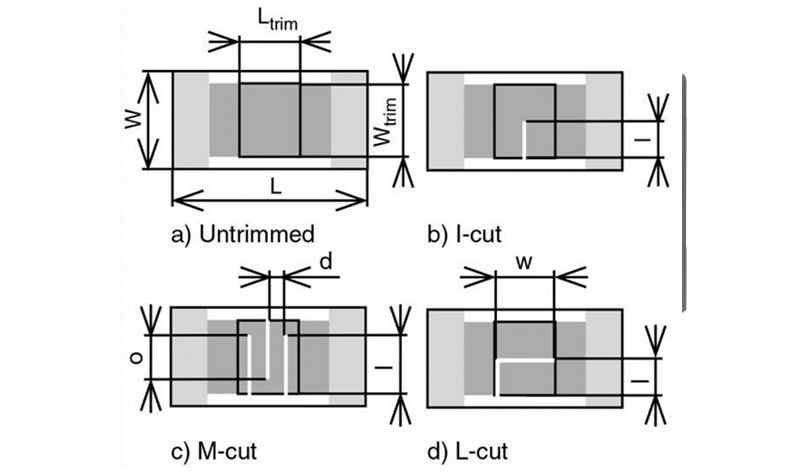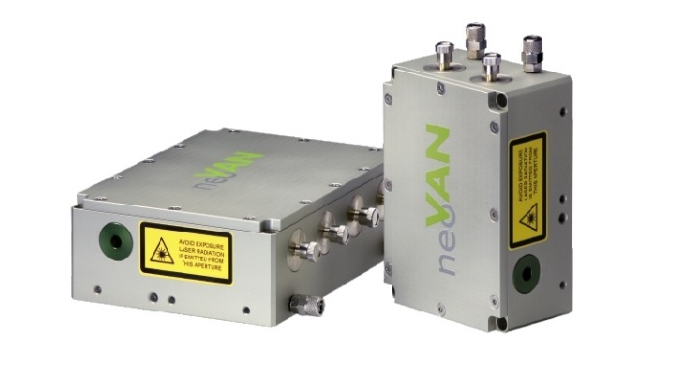Requirements for Time Gated Active Night Vision Imaging Systems Blog
At RPMC, we are excited to announce the release of our newest white paper titled “Laser Requirements for Time Gated Active Night Vision Imaging Systems.” In this paper, we review the fundamentals of modern night vision camera technology. We then go on to discuss the differences between active and passive imaging systems. Finally, we will explore the advantages and disadvantages of using laser-based, active imaging systems and illuminating why, in some instances, lasers are the preferred illumination source, despite their inherent … Read More

 SHIPS TODAY
SHIPS TODAY 